Introduction
Mulberry (Morus alba) trees are renowned for their economic and ecological significance, primarily due to their leaves being the sole food source for silkworms, an essential component in the production of silk. Beyond their role in sericulture, mulberry leaves are also valued for their nutritional benefits and medicinal properties. However, gardeners and silkworm farmers often encounter challenges, one of which is the yellowing of mulberry leaves. This phenomenon can be alarming, as it directly affects the health of the tree and, consequently, the quality and quantity of leaves available for silkworms or human consumption.
Yellowing, technically known as chlorosis, can be caused by various factors, ranging from nutrient deficiencies to environmental stressors. Addressing this issue requires a thorough understanding of the causes and implementing appropriate management strategies. This article aims to provide a comprehensive guide on identifying the reasons behind mulberry leaf yellowing and offering practical solutions to maintain the health and vitality of your mulberry trees.
Understanding Chlorosis in Mulberry Leaves
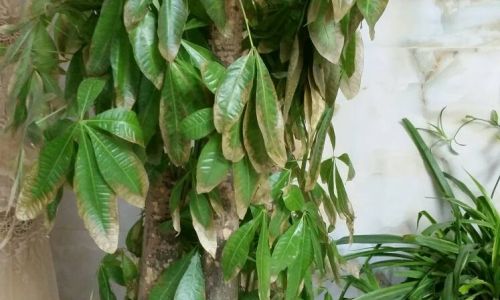
Chlorosis is characterized by the yellowing of leaves due to a reduction in chlorophyll content. Chlorophyll is the green pigment in plants responsible for photosynthesis, the process by which plants convert light energy into chemical energy. When chlorophyll levels decline, leaves lose their green color, turning yellow, and in severe cases, may even wither and fall off.
Causes of Mulberry Leaf Yellowing
1 Nutrient Deficiencies
-
Iron Deficiency (Chlorosis): Iron is crucial for chlorophyll synthesis. Iron deficiency chlorosis is common in alkaline soils where iron becomes insoluble and unavailable to plants. Symptoms include yellowing between leaf veins, while veins remain green, creating a distinct pattern.
-
Nitrogen Deficiency: Nitrogen is a macronutrient essential for plant growth and chlorophyll production. Lack of nitrogen results in uniform yellowing of the entire leaf, often accompanied by reduced leaf size and slow growth.
-
Magnesium Deficiency: Magnesium is a component of chlorophyll. Deficiency leads to interveinal chlorosis (yellowing between leaf veins), similar to iron deficiency but affecting older leaves first.
-
Potassium Deficiency: Potassium plays a role in water regulation and nutrient transport. Deficiency causes yellowing or necrosis (death) of leaf edges and tips, followed by the entire leaf.
2 Environmental Stressors
-
Water Stress: Both excess and insufficient water can cause leaf yellowing. Overwatering leads to root rot, impeding nutrient absorption, while underwatering stresses the plant, reducing chlorophyll synthesis.
-
Soil pH Imbalance: Mulberry trees thrive in well-drained, slightly acidic to neutral soils (pH 6.0-7.5). Extreme pH levels can make nutrients unavailable, leading to chlorosis.
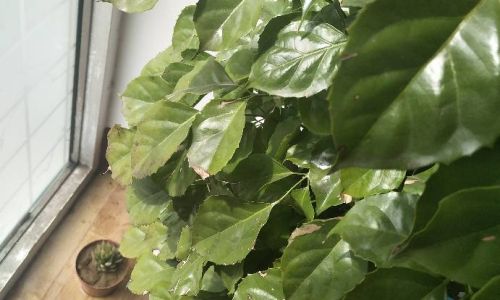
-
Light Deficiency: Inadequate sunlight exposure limits photosynthesis, reducing chlorophyll production. This is particularly prevalent in dense plantings or shaded areas.
-
Temperature Extremes: High temperatures can accelerate leaf evaporation, leading to dehydration and chlorophyll breakdown. Cold stress, especially during dormancy, can also disrupt metabolic processes, causing yellowing.
-
Pest and Disease Infestations: Insects like spider mites, aphids, and caterpillars, as well as fungal and bacterial diseases, can damage leaves, disrupting chlorophyll synthesis and causing yellowing.
3 Soil Conditions
-
Compacted Soils: Compacted soils restrict root growth and nutrient absorption, leading to stress and chlorosis.
-
Poor Soil Structure: Sandy or clayey soils may drain too quickly or retain too much water, respectively, affecting nutrient availability and plant health.
Diagnostic Approach
Accurate diagnosis is crucial for effective treatment. Here’s a step-by-step guide:
-
Visual Inspection: Examine the yellowing pattern (interveinal vs. uniform), leaf age affected (young, old, or all), and presence of pests or disease symptoms.
-
Soil Testing: Conduct a soil test to determine pH, nutrient levels, and soil texture. This provides insights into potential deficiencies or imbalances.
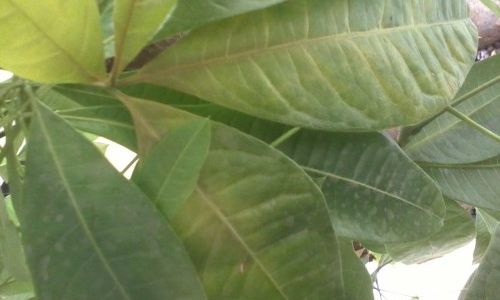
-
Water Management Review: Assess watering practices, including frequency, amount, and drainage.
-
Environmental Conditions: Consider light exposure, temperature fluctuations, and any recent weather events.
Management Strategies
1 Nutrient Correction
-
Iron Deficiency: Apply chelated iron or iron sulfate, especially if soil pH is high. Adjust soil pH to around 6.5 using sulfur or organic matter to make iron more available.
-
Nitrogen Deficiency: Incorporate organic fertilizers like compost, well-rotted manure, or blood meal. Use balanced synthetic fertilizers if needed, following label instructions.
-
Magnesium Deficiency: Apply dolomitic lime or Epsom salts (magnesium sulfate) to correct deficiencies.
-
Potassium Deficiency: Use potassium sulfate or a complete fertilizer containing potassium.
2 Environmental Stress Management
-
Watering: Establish a consistent watering schedule that maintains soil moisture without causing waterlogging. Mulching helps retain moisture and regulate temperature.
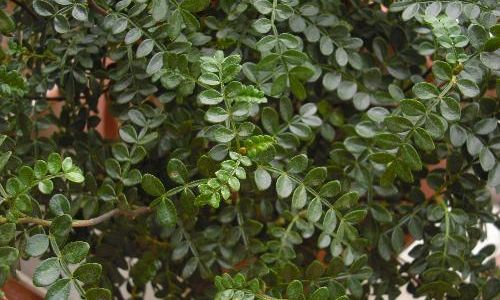
-
Soil pH Adjustment: Use sulfur, lime, or organic matter to adjust soil pH to the optimal range for mulberry trees.
-
Light Exposure: Prune surrounding vegetation to improve light penetration or relocate plants to a sunnier spot.
-
Temperature Control: Provide shade during extreme heat and protect from frost during winter.
3 Pest and Disease Control
-
Insect Pests: Use insecticidal soap, neem oil, or biological controls like ladybugs to manage pests. Regular inspections and early intervention are key.
-
Disease Management: Prune and dispose of infected leaves. Apply fungicides as recommended by a professional if diseases are severe.
4 Soil Improvement
-
Aeration and Composting: Incorporate compost or well-rotted manure to improve soil structure and fertility. Aerate compacted soils using a fork or rototiller.
-
Mulching: Apply a 2-4 inch layer of organic mulch to maintain soil moisture, regulate temperature, and suppress weed growth.
Preventive Measures
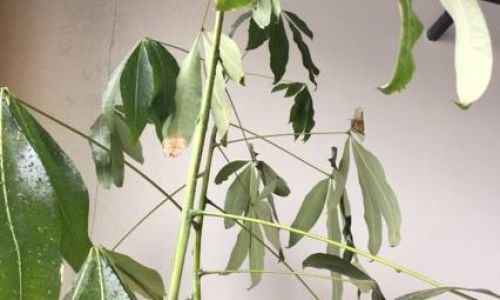
-
Regular Monitoring: Keep a close watch on tree health, noting any changes in leaf color, growth rate, or overall appearance.
-
Balanced Fertilization: Use a balanced, slow-release fertilizer tailored to mulberry needs. Avoid over-fertilization, which can burn roots.
-
Soil Maintenance: Conduct annual soil tests and adjust management practices accordingly.
-
Diverse Planting: Avoid monocropping to reduce pest and disease pressure. Interplant with companion plants that benefit mulberry trees.
Conclusion
Yellowing of mulberry leaves, while concerning, is often manageable with proper diagnosis and targeted interventions. By understanding the underlying causes—whether nutrient deficiencies, environmental stressors, soil conditions, or pest and disease infestations—gardeners can implement effective strategies to restore leaf health and vitality. Regular monitoring, balanced fertilization, soil management, and preventive measures are crucial for maintaining robust mulberry trees that continue to thrive and produce high-quality leaves for silkworms and human consumption.
Remember, each mulberry tree and its environment are unique, so a tailored approach combining scientific knowledge and practical experience is essential for successful management. With patience, attention to detail, and a commitment to sustainable practices, you can overcome the challenge of mulberry leaf yellowing and enjoy the many benefits these remarkable trees provide.



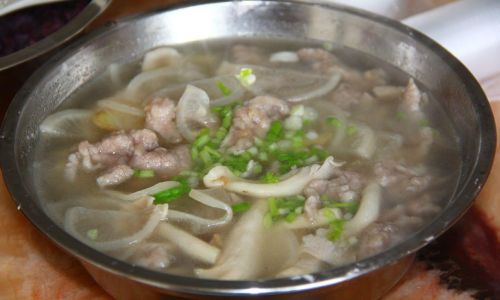
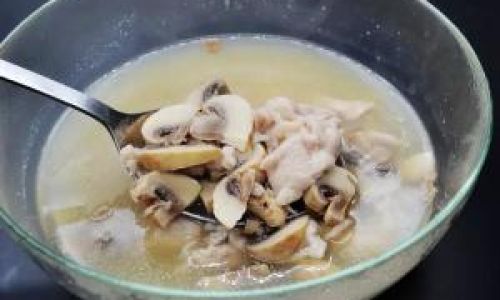
0 comments